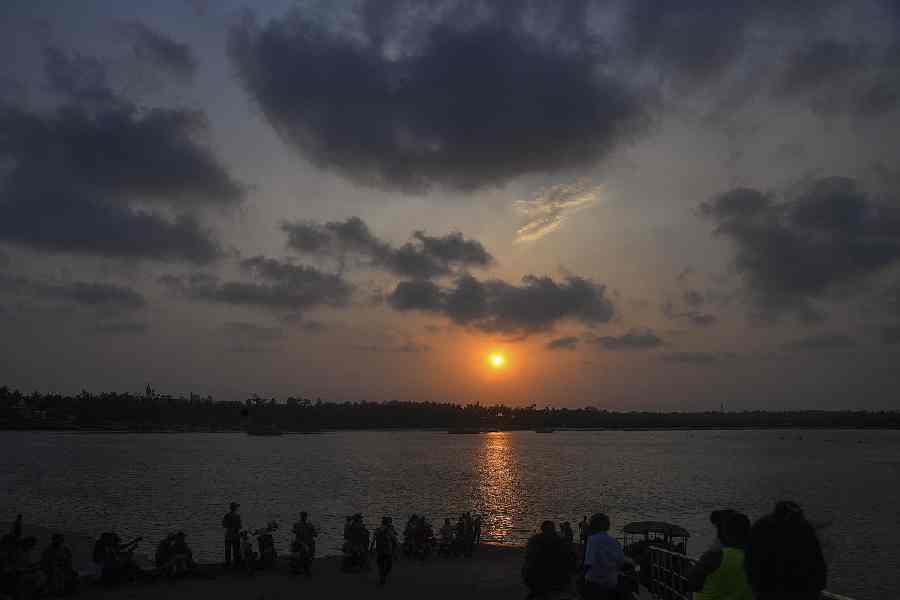India's monsoon rains have advanced into the western state of Maharashtra after covering almost all of the southern region, but they could weaken and deliver lower-than-normal rainfall next week, two senior weather officials told Reuters.
Summer rains, critical to spur economic growth in Asia's third-largest economy, usually begin in the south around June 1 before spreading nationwide by mid-July, allowing farmers to plant crops such as rice, corn, cotton, soybeans and sugarcane.
The monsoon arrived in Maharashtra on Thursday after spreading through the southern states earlier than usual, a senior official of the India Meteorological Department (IMD) told Reuters.
Maharashtra is India's biggest producer of sugar and its second largest producer of cotton and soybeans.
India has received 7 per cent more rainfall than normal since the season began on June 1, the IMD says. The monsoon will advance further across India in the next few days but could weaken from next week, another weather official said.
"The monsoon will take a pause for few days," the official added. "Except for the west coast, most of the other regions will receive less rain," the official added.
Farmers need to wait for proper moisture levels in the soil before sowing summer crops and should not sow them in a hurry, the official said.
Both officials sought anonymity because they were not authorised to brief the media.
The lifeblood of the nearly $3.5-trillion economy, the monsoon brings nearly 70 per cent of the rain India needs to water farms and refill reservoirs and aquifers.
In the absence of irrigation, nearly half the farmland in the world's second-biggest producer of rice, wheat and sugar depends on the annual rains that usually run from June to September.











